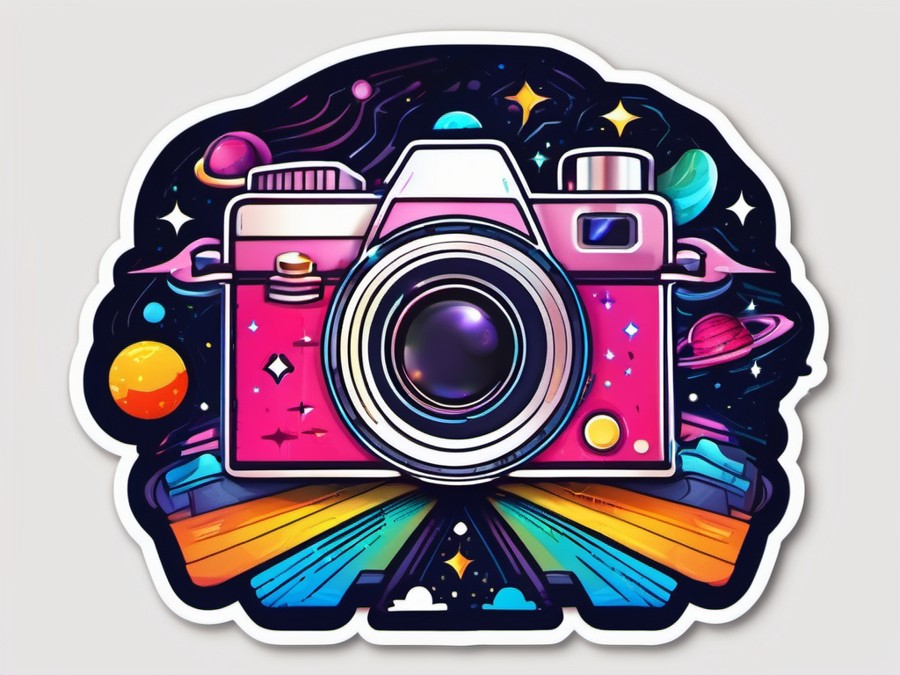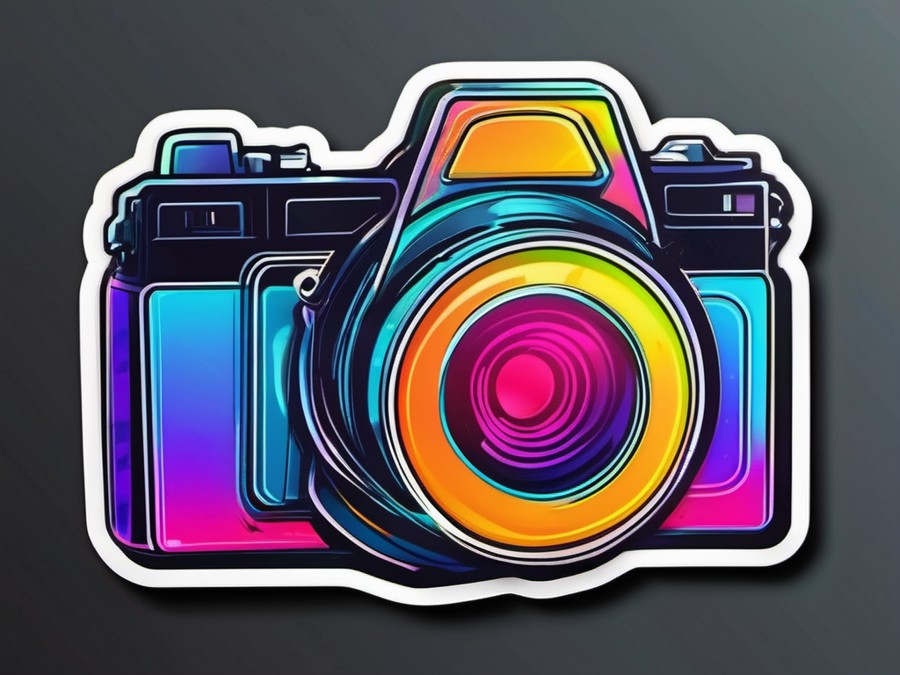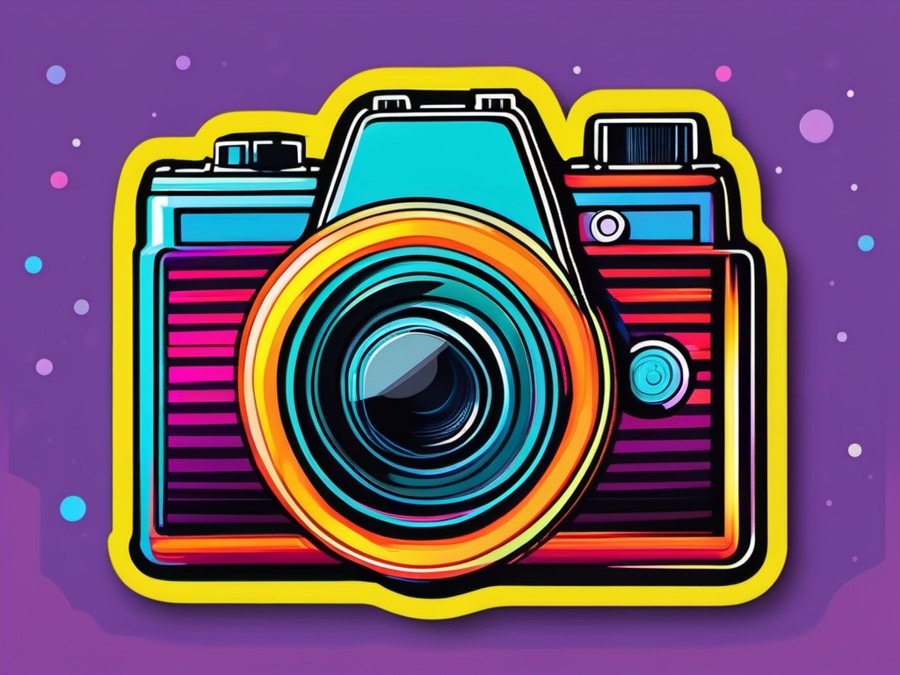· Charlotte Will · Cameras · 6 min read
What is the best DSLR camera for beginners?
Discover the best DSLR cameras for beginners. Learn about entry-level vs prosumer DSLRs, sensor size, megapixels, autofocus, ISO sensitivity, and top camera picks. Enhance your photography experience with our detailed guide.

Embarking on your photography journey can be both exciting and daunting. With the vast array of DSLR cameras available, choosing the right one can feel overwhelming. But don’t worry! We’re here to guide you through the process and help you find the best DSLR camera for beginners.
Why Choose a DSLR?
A Digital Single-Lens Reflex (DSLR) camera is not just a fancy toy but an investment in your creativity. The ability to switch lenses, capture high-quality images, and have manual controls makes DSLRs a popular choice among both beginners and professionals. But what sets them apart from other types of cameras?
DSLRs offer versatility and professional-grade image quality. They are also known for their durability and the wide range of lenses available, allowing you to explore different styles of photography. Whether you’re into portraiture, landscapes, or even wildlife photography, a DSLR can handle it all.
Entry-Level Versus Prosumer DSLRs
When you start shopping for your first DSLR, you’ll encounter two main categories: entry-level and prosumer.
Entry-level DSLRs are designed with simplicity in mind. They come with features that make learning photography easy and fun. For instance, the Canon EOS Rebel T7i / 800D is an excellent choice for beginners due to its user-friendly interface and high-quality images.
On the other hand, prosumer cameras cater to enthusiasts who want more advanced features but still need a beginner-friendly experience. An example is the Nikon D3500, which offers fantastic image quality and ease of use.
Camera Bodies: Your New Best Friend
The camera body is the heart of your DSLR. It houses the sensor, processor, and other essential components. For beginners, look for bodies that offer:
- Excellent image quality
- Good autofocus systems
- User-friendly controls
- Video capabilities (if you’re into videography)
A good starting point is the Canon EOS Rebel T7i / 800D. It features a 24MP APS-C sensor that delivers stunning images, along with a Dual Pixel CMOS AF system for fast and precise autofocus.
Sensor Size: Big Impact on Image Quality
The size of the sensor inside your DSLR plays a crucial role in image quality. Entry-level cameras typically have APS-C sensors, which are smaller than full-frame sensors but still deliver fantastic results. Full-frame sensors offer better low-light performance and depth of field, but they come at a higher cost.
For beginners, APS-C sensors are usually sufficient. They provide a good balance of image quality and affordability. As you progress, you might consider upgrading to a full-frame sensor if your needs change.
Megapixels: More Isn’t Always Better
Megapixels are often the first spec people look at, but they’re not the be-all and end-all. Most entry-level DSLRs come with sensors ranging from 18MP to 24MP, which is more than enough for beginners. More megapixels can mean larger file sizes and more storage needed, so consider your workflow too.
Autofocus: The Eyes of Your Camera
A good autofocus system is a game-changer, especially when you’re just starting out. Look for cameras with:
- Phase-detection autofocus (fast and accurate)
- Contrast-detection autofocus (slower but precise)
- Subject tracking and face detection features
The Nikon D3500, for example, has an excellent autofocus system that can track moving subjects and detect faces, making it perfect for capturing portraits or action shots.
ISO: Light Sensitivity Matters
ISO measures your camera’s sensitivity to light. Higher ISO values mean the sensor is more sensitive, but this also introduces image noise. Beginner cameras typically have ISO ranges starting from 100 to 6400 or even higher, allowing for versatile shooting conditions.
For low-light photography, you might want a camera that excels at higher ISOs. Check out our article on What is the best DSLR camera for low-light photography? for more insights.
Best DSLR Cameras for Beginners: Top Picks
Now that we know what to look for, let’s dive into some of the best DSLR cameras for beginners:
1. Canon EOS Rebel T7i / 800D
This entry-level DSLR offers a great balance of features and affordability. With a 24MP APS-C sensor, Dual Pixel CMOS AF system for fast and precise autofocus, and a vari-angle touchscreen LCD, it’s perfect for beginners.
2. Nikon D3500
The D3500 is a compact and lightweight DSLR with excellent battery life. Its 24MP APS-C sensor and Expeed 4 image processor deliver stunning images, making it an ideal choice for new photographers.
3. Sony Alpha a6000
While not a traditional DSLR, the Sony a6000 is a mirrorless camera that’s perfect for beginners. Its 24MP APS-C sensor, fast autofocus system, and compact size make it a popular choice.
Lenses: The Eyes of Your DSLR
A kit lens usually comes bundled with your new camera. Kit lenses offer a great focal range but might not excel in low light or produce the sharpest images. Consider investing in additional lenses for better results.
For instance, a 50mm f/1.8 prime lens is an excellent choice for beginners. It’s affordable, versatile, and produces great images in low light conditions.
Accessories: Enhancing Your Photography Experience
Don’t forget about accessories. A tripod, extra batteries, memory cards, and maybe a camera bag can significantly enhance your photography experience.
A good quality tripod is essential for low-light photography and capturing sharp images. Check out our article on What is the best camera case for daily use? to find the perfect bag for your gear.
Shooting Modes: Mastering the Basics
Beginner DSLRs come with various shooting modes. Get to know them:
- Auto: The camera decides everything.
- Program (P): You control ISO, white balance, etc., but the camera sets aperture and shutter speed.
- Aperture Priority (Av/A): You choose the aperture, and the camera selects the appropriate shutter speed.
- Shutter Priority (Tv/S): You choose the shutter speed, and the camera sets the aperture.
- Manual (M): Full control over all settings.
Conclusion: Choose Wisely, Shoot Confidently
Choosing the best DSLR camera for beginners is a personal journey. Consider your needs, budget, and what you want to achieve with your photography. Whether you’re into portraits, landscapes, or even wildlife photography, there’s a DSLR out there that fits your style.
Once you’ve made your choice, get out there and start shooting! Practice makes perfect, so don’t be afraid to experiment and explore new techniques.
FAQs
Q: What is the best DSLR camera for beginners on a budget? A: The Nikon D3500 is an excellent option for beginners on a budget. It offers great image quality and ease of use without breaking the bank.
Q: Should I buy a refurbished DSLR camera? A: Buying refurbished can save you money, but ensure the seller is reputable and that the camera comes with a warranty.
Q: What is the difference between an entry-level and prosumer DSLR? A: Entry-level cameras are designed with simplicity in mind, making them ideal for beginners. Prosumer cameras offer more advanced features while still being beginner-friendly.
Q: Can I use a DSLR camera for video? A: Yes, many entry-level DSLRs offer Full HD or even 4K video recording capabilities.
Q: How important is the lens when buying a DSLR? A: The lens plays a significant role in the quality of your images. Investing in good lenses can greatly enhance your photography experience.
Additional Resources
- What is the best instant camera for beginners?
- What is the Best DSLR Camera for Sports and Action Photography?
- What is the Best Film Camera for Beginners?
- What is the best camera for astrophotography?
- What is the Best DSLR Camera for Wildlife Photography?
- What is the best mirrorless camera for beginners?
By exploring these resources, you’ll gain a deeper understanding of different types of cameras and what they can offer. Happy shooting!




